It varies dramatically in form and size over its natural range, with some plants growing fairly upright to 30 feet and others growing in a mounding form to only 2-3 feet tall. Blue blossom Ceanothus is evergreen, with leaves range from bright green to dark green. It has small flowers that are produced in a dense, puff-shaped clusters, that are white, light blue, dark blue or purple. They bloom in the winter or spring, and then mature into a dry, three-lobed seed capsule. Its flowers are important for bees and butterflies, and its seed pods are an important food source for birds and small mammals. Description from calscap.org
Home > Plant Guide >
Scientific Name
Family
Garden Type
Wildlife
Native Plant Region
Light needs
Water Needs
Plant Type
Bloom Color(s)
Height
Width
Months in Bloom
Safe Beneath Power Lines?
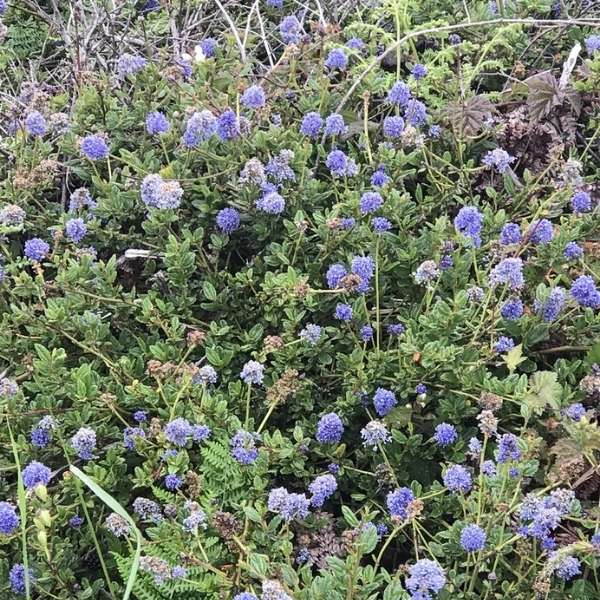
We’d like to maintain accurate and robust plant listings. If you see information that is not correct or that could be added to improve the listing, please let us know. Or if you’d like to suggest a plant to add to our plant guide, you can use this form do so. Thank you!

Learn about diversifying the way architecture is taught and practiced from designers of color.

Learn about the diversity in pigeon populations in the United States and the implications of this variability on the species.
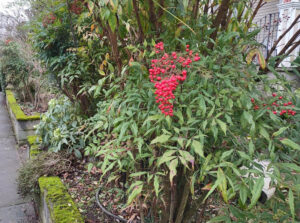
Some introduced plant species can diminish biodiversity. Other plants produce poisons that can harm wildlife. Learn what plants to avoid when figuring out what to plant or remove in your outdoor space.
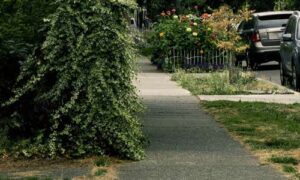
Start a garden in a planting strip along the street. Explore our interactive corridor map, find what to grow, and start nurturing today.
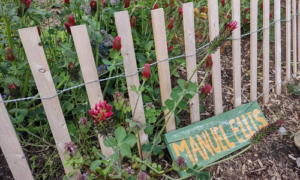
Three inspiring local food justice practitioners will share how their work in urban farming improves access to healthy foods, fosters relationships to land, and builds community.
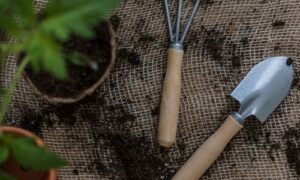
New types of vegetation can attract additional wildlife to an area. You might be surprised how a little green can go a long way!
Nature of Your Neighborhood is a collaboration between Birds Connect Seattle, the Capitol Hill EcoDistrict, and the Seattle Bird Conservation Partnership. Our goal is to foster relationships between the people and the nature of their neighborhoods.